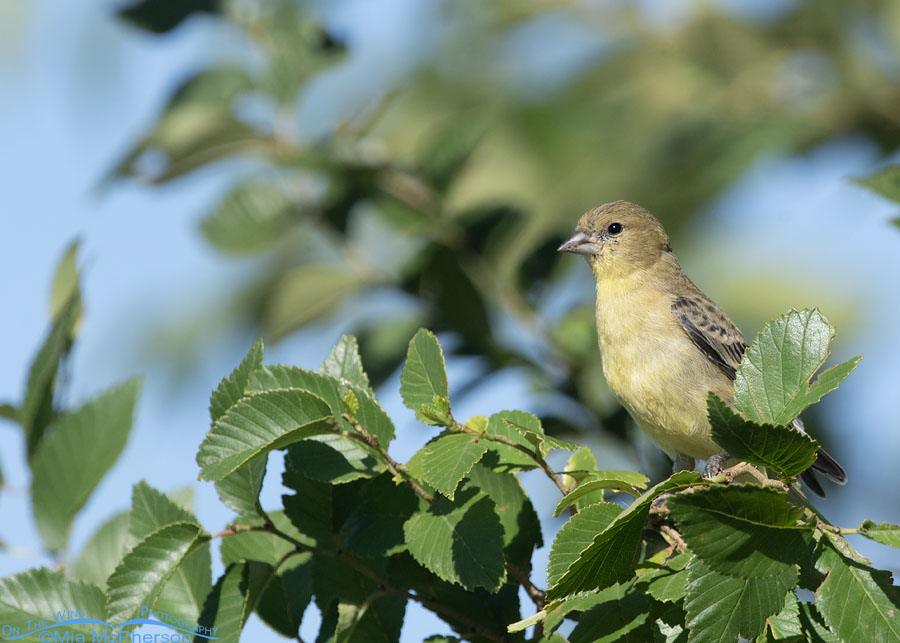I photographed this Lesser Goldfinch from the nature center parking lot of Farmington Bay WMA last week. Would you have known that if I hadn’t mentioned it?
 Lesser Goldfinch in a tree – Nikon D500, f10, 1/1000, ISO 500, Nikkor 500mm VR with 1.4x TC, natural light
Lesser Goldfinch in a tree – Nikon D500, f10, 1/1000, ISO 500, Nikkor 500mm VR with 1.4x TC, natural light
Most likely not unless you were familiar with that parking lot and the tree in it.
The reason I bring that up is that there are probably photographers who wouldn’t even look in that tree for birds because it somehow this location doesn’t feel pure or natural.
But here is what I believe: I’ll look for birds everywhere, and I have. City dumps, grocery store parking lots, from the windows of skyscrapers and airplanes, the decks of cruise liners, and from my Jeep. It really doesn’t matter to me where I find birds or if the ‘hand of man’ is in the resulting photos.
Why?
Because birds are adaptable, and they have learned to coexist with the changes humans have caused and introduced into their environment.
And if I were a purist?
I wouldn’t be photographing birds at Farmington Bay WMA, at all, because, chances are there isn’t much within its entire acreage that hasn’t been impacted or altered by human activities. That applies to many of the areas I go to when I head out to look for birds.
The tree in which this Lesser Goldfinch is perched is growing between parking strips, and its seed was likely introduced during construction or sometime after the parking lot was built. The tree is thriving despite the fact that humans have paved over that section of the wetlands surrounding the nature center.
My visit to Farmington Bay WMA made me sad in several ways which I hope to write about at a later date.
But this Lesser Goldfinch in that parking lot tree? The lone, lovely goldfinch made me smile.
Life is good.
Mia
Click here to see more of my Lesser Goldfinch photos plus facts and information about this species.


I am grateful that birds have adapted so well to us. And wish that we didn’t change so much, but we do. And I would smile broadly to see this little charmer.
Right on, Mia! That “there isn’t much … that hasn’t been impacted or altered by human activities” applies to almost everywhere on our planet these days, from the snow and ice in Antarctica being full of microplastic particles to National Parks where drilling for oil and gas is allowed and the fumes and emissions must fill the air for miles and miles around and the waste dumped by mining corporations pollutes streams and rivers far downstream even where there is no visible sign of equipment. In short, more and more these days it seems that this “purist” demand is an affectation with little logical support. And, in any case the photo you are sharing today shows no “hand of man” that I can detect and for me, it stands on its own merits. A sweet, lovely bird and a great experience for you, perhaps moreso because it was unexpected?
Thanks for the picture of the pretty Goldfinch.
I did see a Yellow-rumped Warbler on a tree in a city– buildings all around, but this one tree had a Yellow-rump in it! Of course, it highlighted that there should be more trees– not just one, in a city. A ‘pathway’ of trees– so traveling birds can get through.
If it moves, I photograph it…. flora or fauna. I’d never heard of a Lesser Goldfinch but a beautiful bird nonetheless.